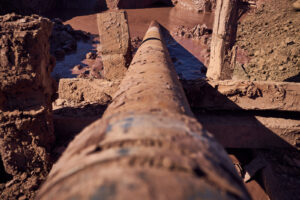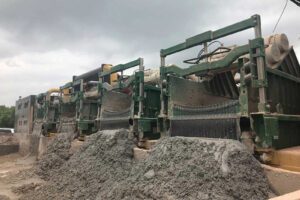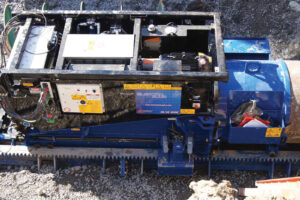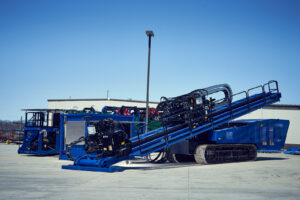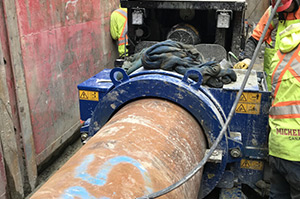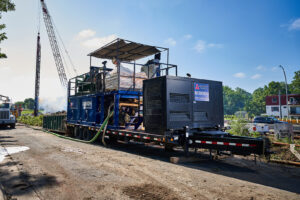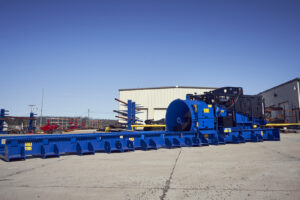BY RICHARD LEVINGS
Underground construction professionals know that timing is of the essence, especially as demand for new projects continues to increase. And ensuring operators can quickly move from one project to the next with minimal downtime means having reliable equipment. Auger boring machines, which have been a staple in the construction industry for decades, can help contractors efficiently bore through tough ground conditions and promote uptime – but only when maintained properly.
From reading the operator manual to performing continuous machine inspections and aftercare routines, operators extend equipment life and get the most from their auger boring machines. Here are three maintenance tips that will support machines functioning at a high level, keep operators safe and help ensure jobsite productivity.
Utilize The Operator Manual
The most important step with all machinery is for contractors to familiarize themselves with the operator manual. The manual contains all necessary preventative maintenance items and recommended intervals for servicing based on time-related milestones. This is important because the checklist of daily components to inspect after 10-hours of use is different than the components to inspect after 500-hours. For example, daily checks include visually inspecting the hydraulic hoses to see if they are frayed, ensuring the fuel tank level is full and confirming the electrical systems do not have any broken wires. However, draining and replacing the transmission oil is a best practice at the 500-hour maintenance check.
Not only does preventative maintenance help ensure the machine will be working when crews get to the jobsite, it is also a major element in keeping them safe. For example, safety features like the emergency stop button and the tethered stop switch should both be checked daily to ensure they are working properly and can help operators in case of an emergency.
Following the operator’s manual to adhere to regular maintenance schedules and continuous or daily checks can help alleviate issues that can occur from everyday operation and reduce unwanted downtime.
Reduce Wear And Tear
One of the best ways to extend the life of an auger boring machine is by reducing machine wear and tear. Too often, contractors will try to work through minimal equipment damage, which can lead to premature failure and costly downtime. To help reduce wear and tear, contractors should check the equipment alignment of components and visually inspect the equipment before they start a bore. For example, if the alignment of the gear rack is not properly placed, then the pinion shaft – which is pressed up against the gear rack – can experience increased wear and tear. It is also important to maintain the proper alignment of the tooling when connected to the auger boring machine. Over time, the alignment of these pieces together can become warped, and the connection unstable, which can increase the risk of equipment damage.
As a best practice, contractors should bring extra parts that are prone to wear and tear to the jobsite. For example, if the hex drive on the driveshaft gets worn, contractors can immediately stop working and replace it before it causes the machine to break down, which will lead to unplanned downtime.
Additionally, if the machine has any type of water, saturated soil or if the bore pit is flooded, contractors can find themselves with detrimental equipment damage. To help mitigate equipment damage and increase operator safety, contractors should have a drainage tile or pump in the pit to help minimize water damage and maximize jobsite efficiency.
Don’t Ignore End Of Day Protection
End-of-day maintenance is an important step that is not meant to be skipped. As a best practice, contractors should clean their machines daily to help eliminate any dirt or debris that may hinder the efficiency of the machine. To further protect an auger boring machine, contractors can invest in a vandal cover to help protect the equipment from any jobsite intrusions or unwanted interruptions caused by an outside source.
Every jobsite is different, and most operators know when their equipment is not working properly. If they wait for a piece of equipment to breakdown, instead of doing routine maintenance, they can find themselves underwater. A small investment in time each day to identify these problems helps eliminate downtime, keep crews safe and stay productive on the job site.



